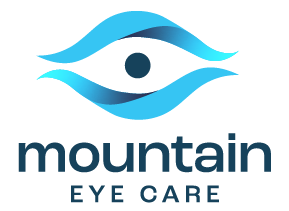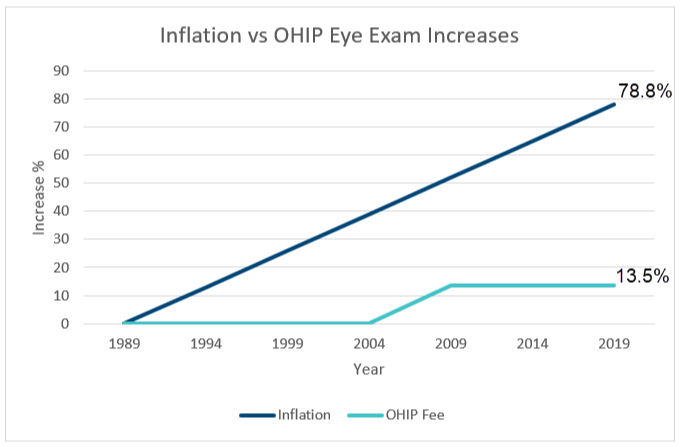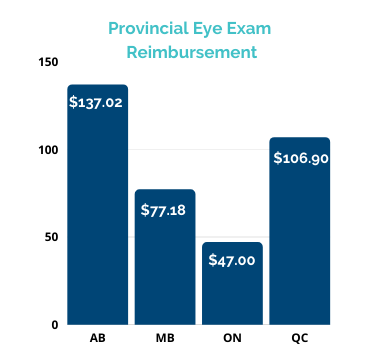The Three Most Common Eye Problems: Causes, Symptoms, and Treatment Options
As one of our most critical sensory organs, the human eye is susceptible to a variety of health conditions. Eye health should not be taken for granted, and awareness of the most common eye problems can help with early detection, prevention, and treatment. This blog post aims to discuss the three most common eye problems: refractive errors, cataracts, and age-related macular degeneration (AMD).
1. Refractive Errors
Refractive errors are the most prevalent eye problems, affecting millions of people worldwide. These errors occur when the shape of the eye prevents light from focusing directly on the retina, causing blurred vision. The primary types of refractive errors include myopia (nearsightedness), hyperopia (farsightedness), astigmatism (distorted vision), and presbyopia (aging eyes).
Causes and Symptoms: Genetics, age, and environmental factors contribute to refractive errors. Symptoms include blurred vision, headaches, squinting, and eye discomfort or strain.
Treatment Options: The most common treatment for refractive errors is corrective lenses, either eyeglasses or contact lenses. In recent years, refractive surgery such as LASIK has become a popular alternative, using lasers to reshape the cornea and correct the refractive error.
2. Cataracts
Cataracts, characterized by clouding of the eye’s natural lens, are a leading cause of vision impairment, especially among the elderly population. Cataracts can develop in one or both eyes and can cause blurred vision and difficulty seeing at night.
Causes and Symptoms: Aging is the most common cause of cataracts, though they can also be caused by other health conditions like diabetes, certain medications, prolonged exposure to sunlight, or previous eye injury. Symptoms typically develop slowly and include blurry vision, faded colors, trouble with bright lights, and halos around light.
Treatment Options: When cataracts interfere with daily activities, surgery may be recommended to remove the cloudy lens and replace it with a clear, artificial one. This procedure is generally safe and highly effective.
3. Age-Related Macular Degeneration (AMD)
AMD is a leading cause of severe, irreversible vision loss in people over 60. This condition affects the macula, the part of the eye responsible for sharp, central vision, needed for tasks like reading and driving.
Causes and Symptoms: The exact cause of AMD is unknown, but aging, genetics, and smoking significantly increase risk. Early AMD often has no symptoms. As the disease progresses, a blurred area near the center of vision is common, often leading to a blank spot in the center of the visual field.
Treatment Options: There’s no cure for AMD, but certain treatments can slow its progression. These may include anti-VEGF drugs to reduce the growth of abnormal blood vessels in the eye, laser therapy, or vitamins and minerals known to slow AMD’s progression in some people.
Understanding these common eye problems can empower you to seek appropriate help and maintain optimal eye health. Regular eye check-ups play a crucial role in early detection and effective treatment of these conditions. After all, our eyes are not just the windows to our souls, but they also provide a unique window to our overall health.



